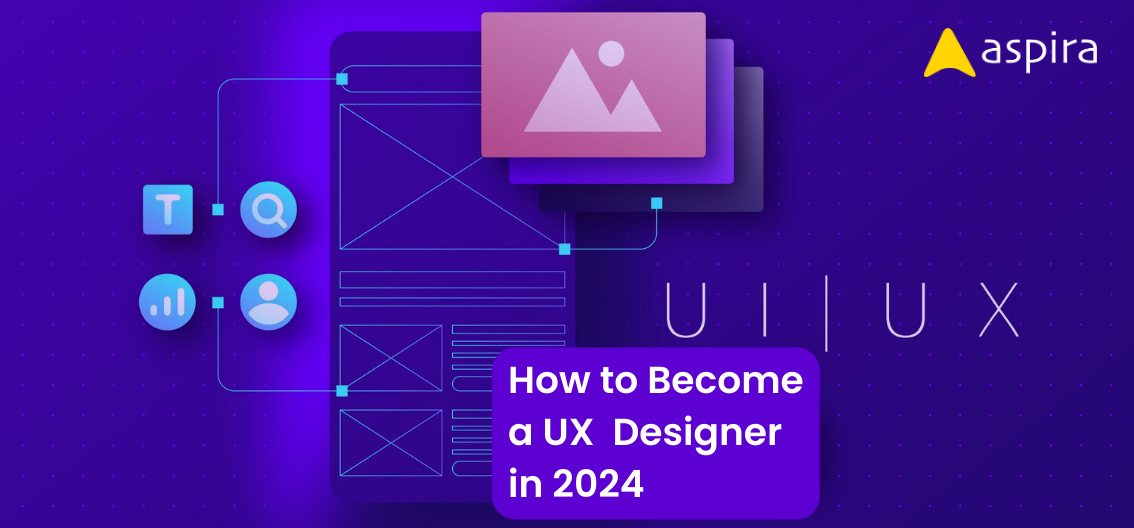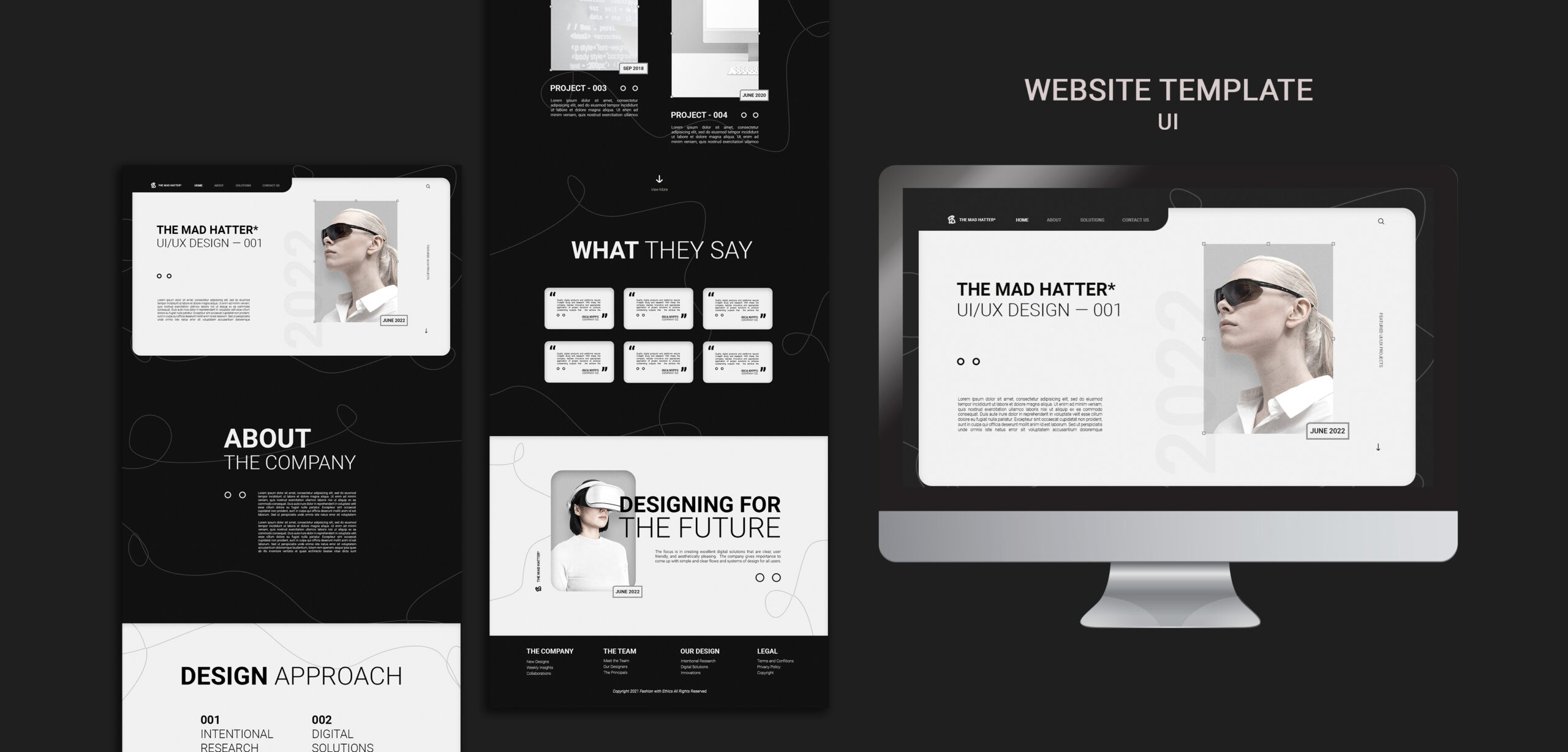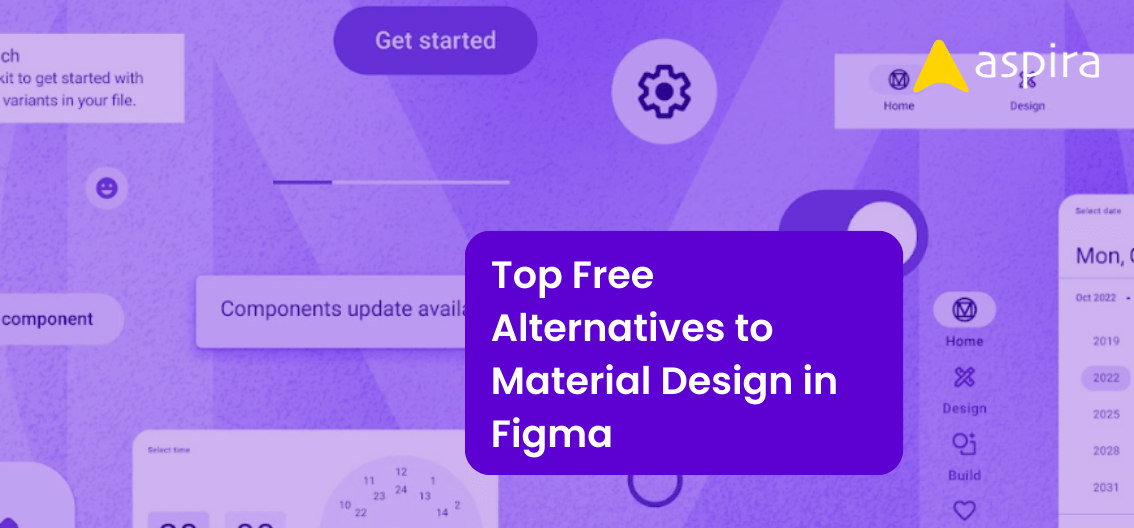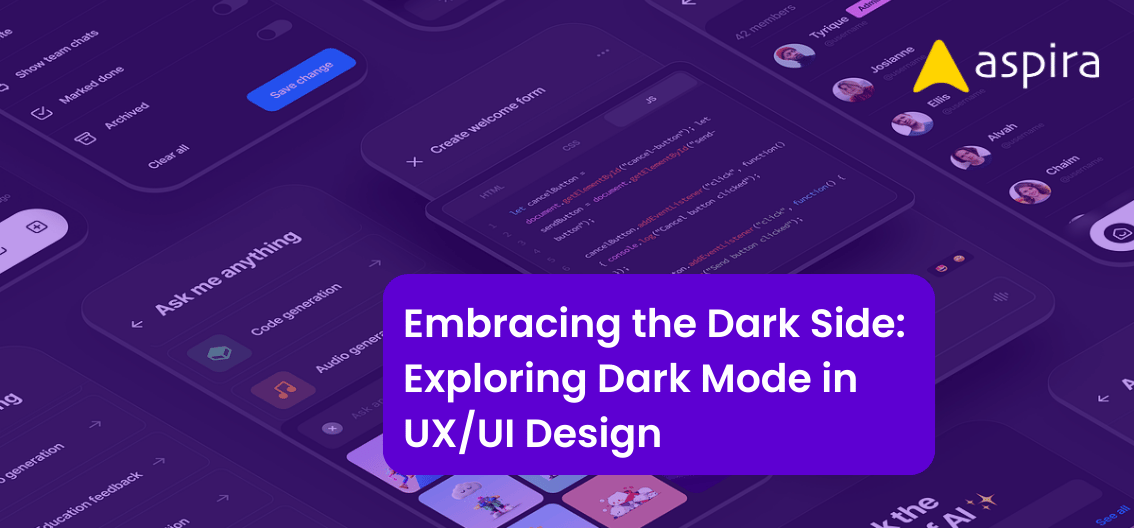UX Design - Mentor & Author.
29 May, 2024

The world of technology is always changing, and making things easy and enjoyable for users is super important. That’s where UX design comes in. UX designers make sure that apps and websites are user-friendly and meet people’s needs. If you love being creative and solving problems, then becoming a UX designer could be a great fit for you. But how do you start in 2024? This guide will help you get on the right track to becoming a UX designer.
Getting Started with UX Designer: Building Blocks
Before jumping into fancy design tools, it’s important to lay a strong foundation in UX design basics. Begin by understanding what makes a good user experience. Renowned expert Jakob Nielsen breaks it down into five simple rules: show users what’s happening, make things feel familiar, give users control, keep things consistent, and prevent mistakes. Knowing these principles will guide your design decisions.
Next, learn about the UX design process. It’s like following a recipe with steps like talking to users, making plans, and testing ideas. Get familiar with methods like talking to users, asking questions, and trying out designs. Understanding how designers learn from users will help you design with their needs in mind.
Expand Your Horizons: Take a UX Designer Course
While knowing the basics is important, taking a structured course can really boost your skills. Look into signing up for a good UX design course. There are lots of options out there, from short bootcamps to longer online programs. Check out what each course covers, making sure it includes stuff like talking to users, designing interfaces, making things easy to use, organizing information, and using design tools. It’s also great if the course lets you work on real projects and build a portfolio.
Becoming a Pro with Design Tools: Getting to Know the Software
In the world of UX design, having the right tools is super important. Get to know the software that designers use to bring their ideas to life. Here are some key types of software you should know about:
Wireframing and Prototyping Tools: These tools help you create rough sketches and more detailed designs of your app or website. Some popular ones include Figma, Sketch, Adobe XD, and InVision.
User Research Tools: Tools like SurveyMonkey and User Testing make it easier to talk to users and get feedback on your designs. They help you conduct surveys, interviews, and tests to see how people use your stuff.
Design Systems and UI Kits: Lots of companies have their own design systems, which are like toolkits for making designs. They come with pre-made pieces like buttons and menus, as well as guidelines on how things should look and work. Learning how to use these systems can make your designs look more professional and save you time.
By getting familiar with these tools, you’ll be well on your way to becoming a UX designer.
Learning Through Practice: Getting Hands-On
While knowing stuff and being good with software is cool, nothing beats getting your hands dirty with real projects. Here’s how you can dive into practical experience:
Volunteer Projects: Lots of charities and small businesses need help with their websites and apps. Offer to do some design work for them for free. It’s a win-win – you get experience, and they get a better digital presence.
Freelance Work: Websites like Upwork and Fiverr connect freelancers with people who need design work done. It’s a great way to build your portfolio and make some money while you’re at it.
Personal Challenges: Challenge yourself by taking part in online design contests. Websites like Behance and Dribble host these challenges where you can show off your skills and get feedback from other designers.
By jumping into these kinds of projects, you’ll learn a lot and get even better at UX design.
Showcasing Your Talent: The UX Design Portfolio
As you dive into projects, it’s crucial to build a killer UX design portfolio. This is where you can flaunt your skills, problem-solving abilities, and design thinking process. Your portfolio should be a collection of your best work, showcasing your ability to tackle different challenges.
Here’s how to craft an awesome UX design portfolio:
Quality over quantity: Less is more! Instead of cramming in every project you’ve ever done, focus on a few that really shine. Pick the ones that best showcase your skills and creativity.
Tell a Story: Each project should have a story behind it. Explain the problem you were solving, how you tackled it, and the results you achieved. Make it engaging and easy to understand.
Show your process: Don’t just show off the final designs. Include sketches, wireframes, and prototypes to illustrate your design journey. This helps potential employers understand how you think and work.
Highlight Research and Testing: Make sure to talk about how you conducted research and testing throughout the project. This shows that your designs are based on real user needs and feedback.
By following these tips, you’ll create a portfolio that not only showcases your skills but also tells a compelling story about who you are as a designer.

Conclusion
Starting your journey to become a UX designer in 2024 is a thrilling adventure. It’s all about being creative, understanding people, and solving problems. By learning the basics of UX, getting into the design process, practicing with courses and projects, and making a great portfolio, you’ll be well on your way to success.
Keep in mind that UX design is always changing. Stay curious, learn new things, and try out different ideas. The best UX designers never stop learning and always focus on making things better for users.
As you start out, remember what Steve Jobs said: “Design isn’t just about how things look. It’s about how they work.” By making things easy to use and enjoyable, you’ll be making a real difference in people’s lives with technology.


